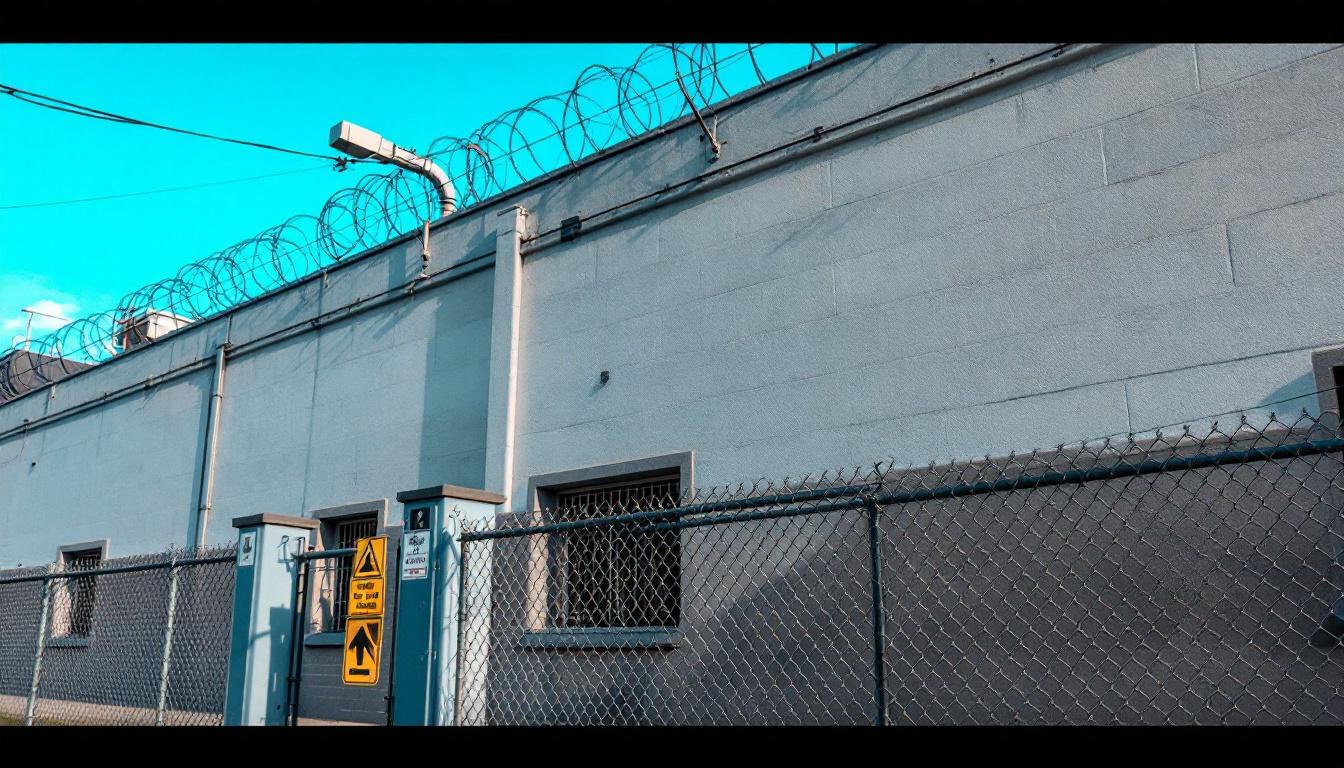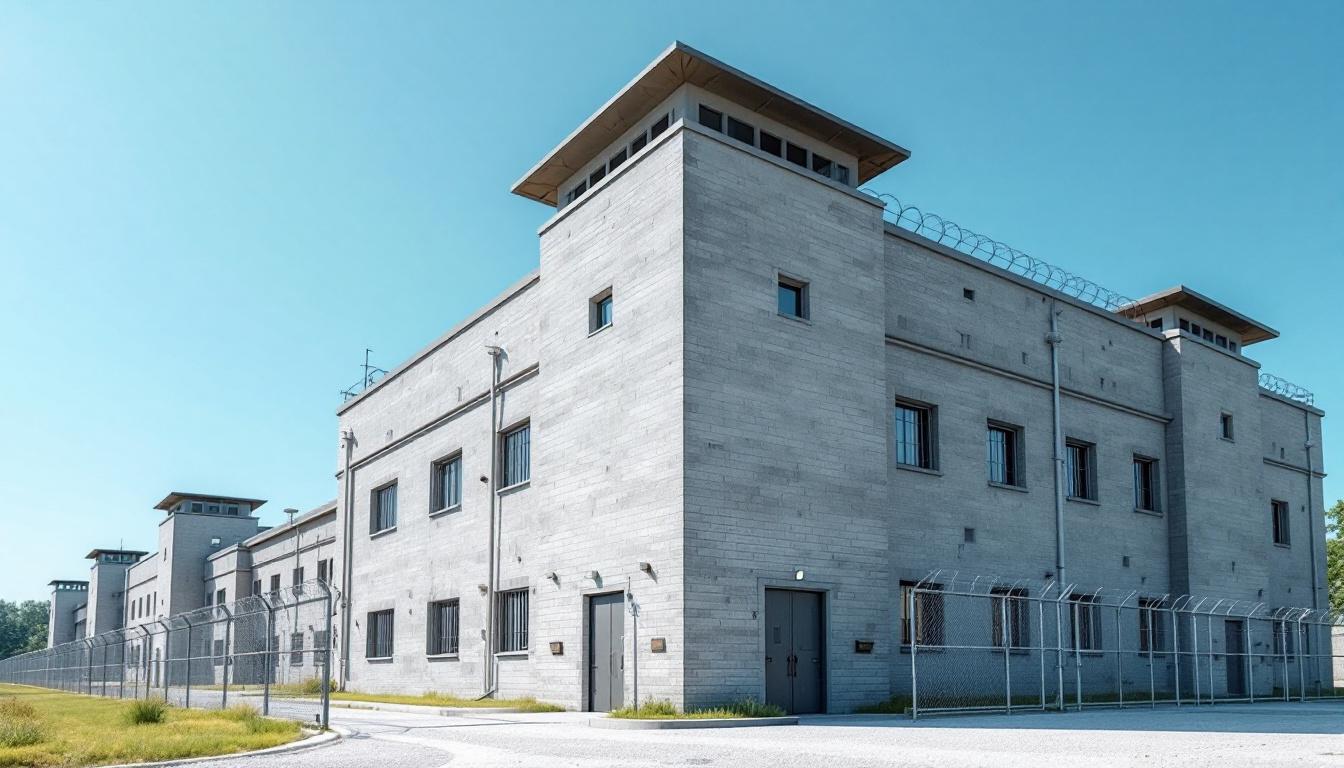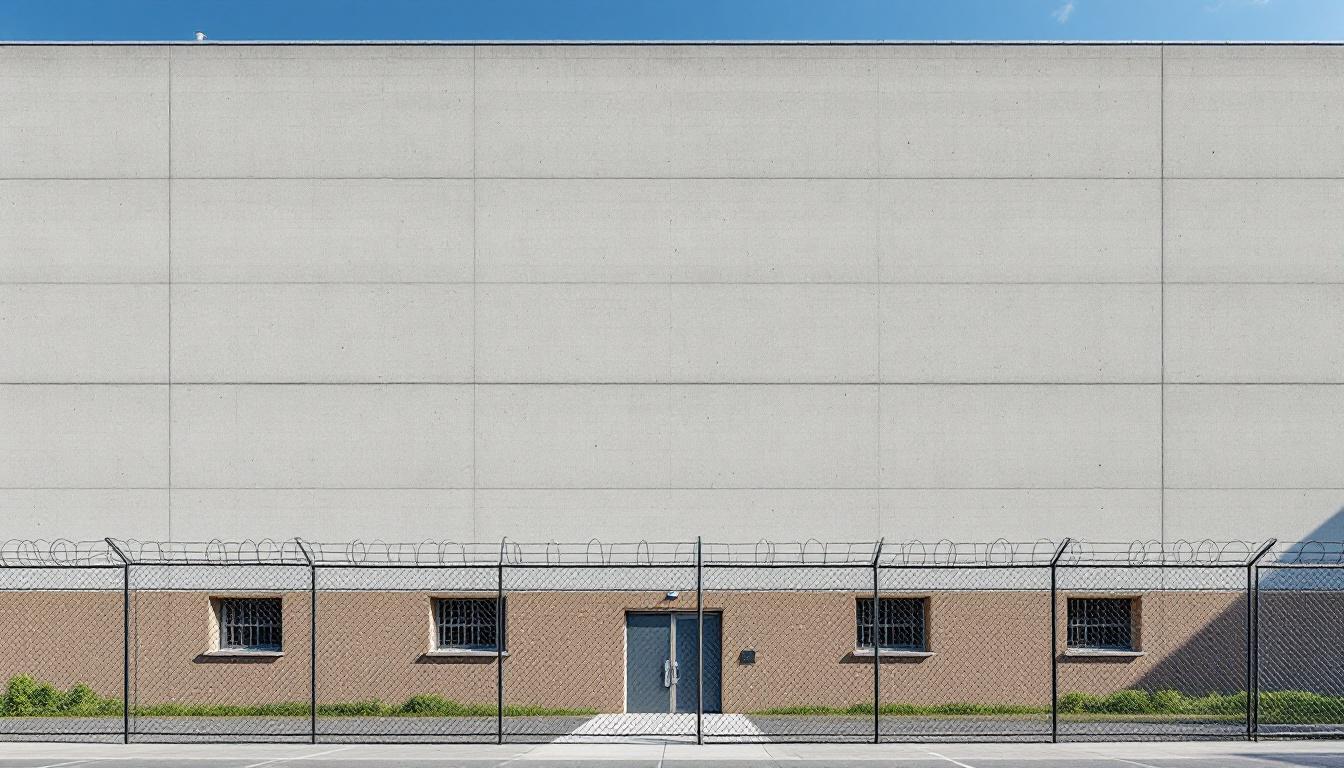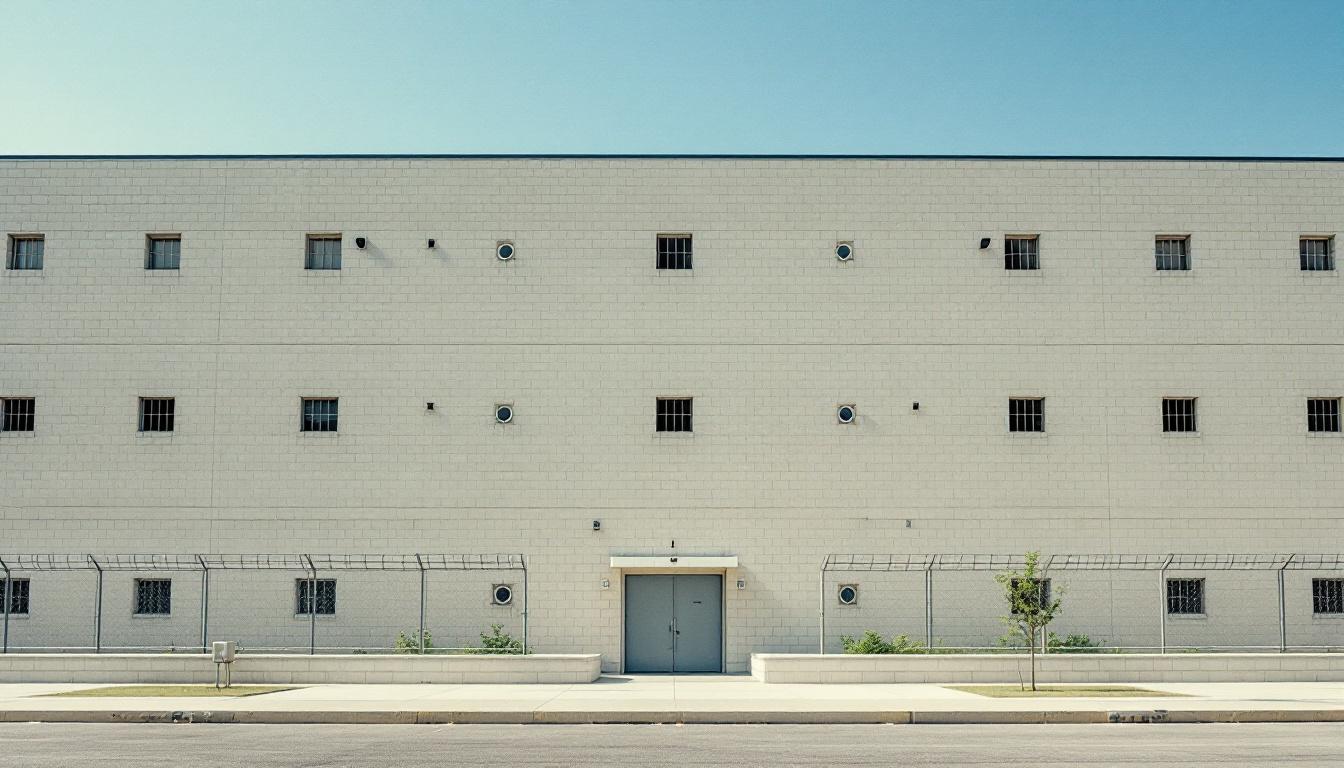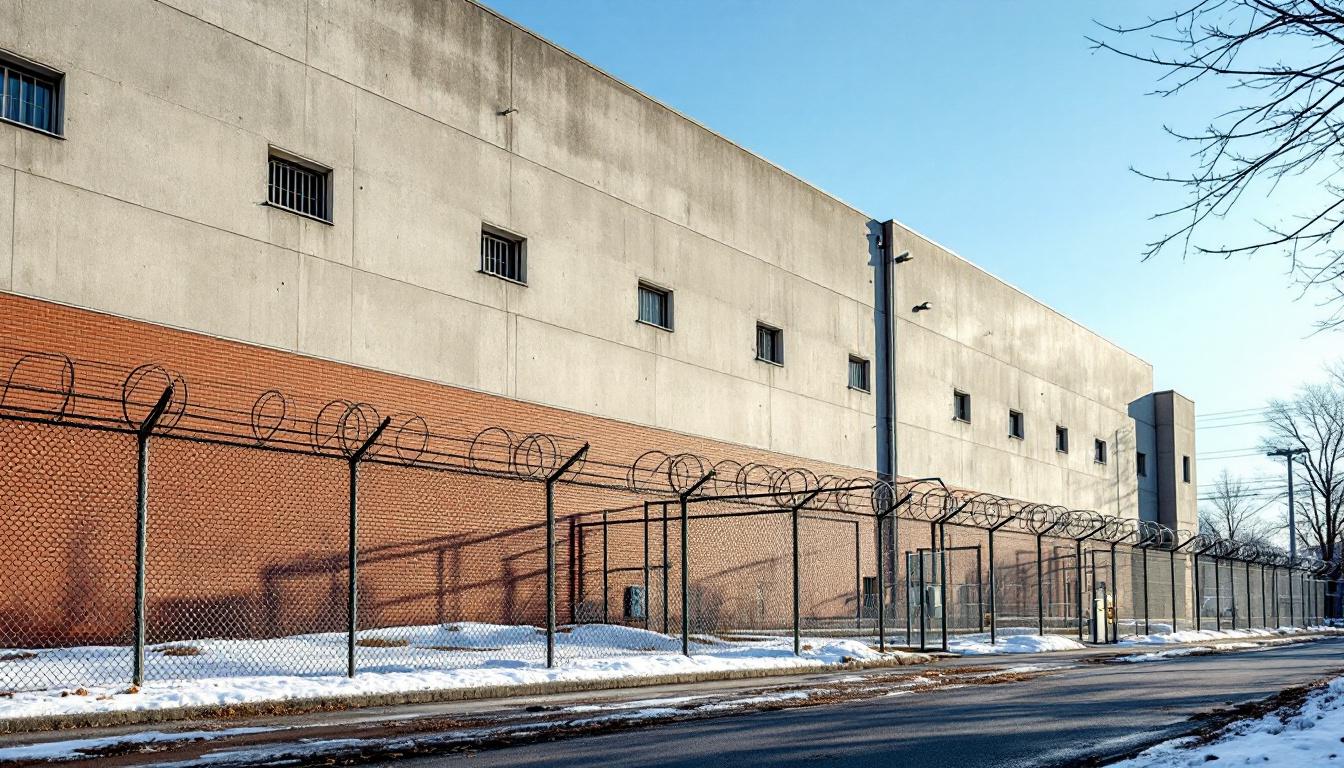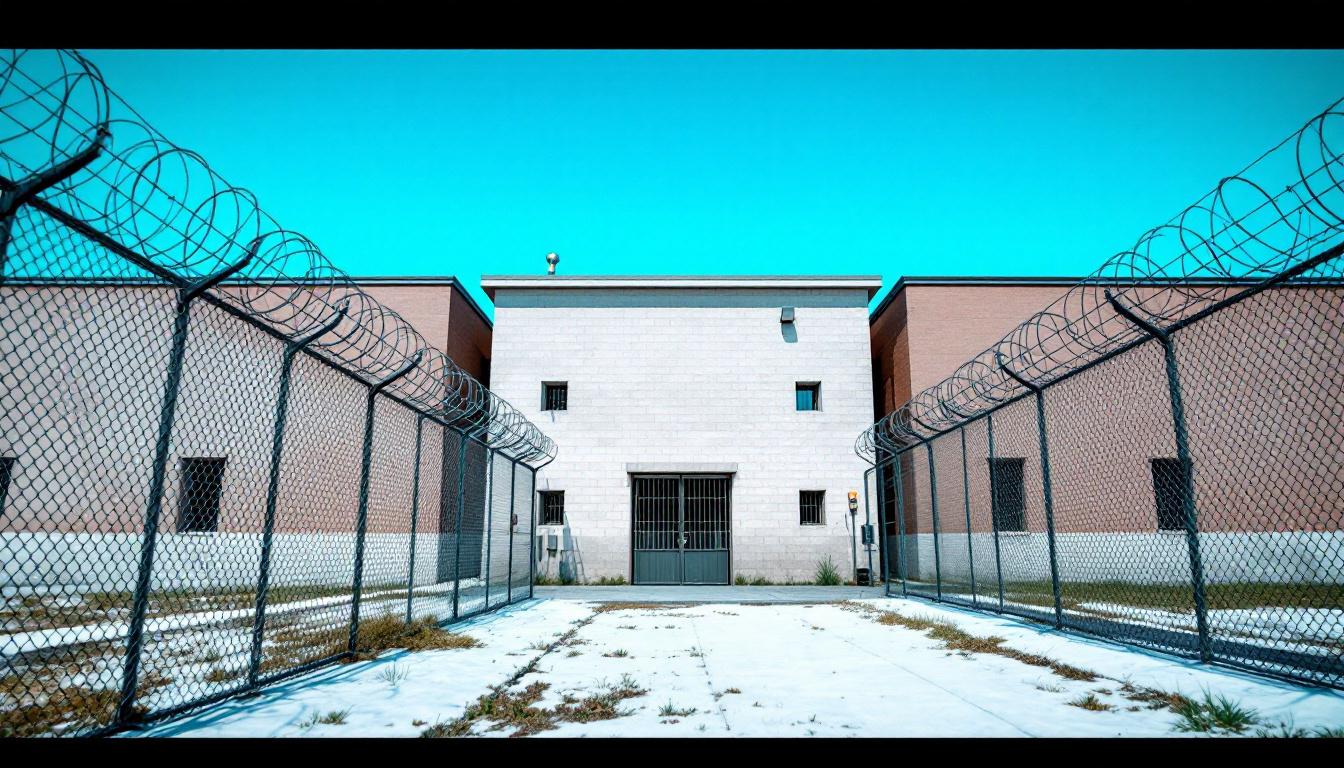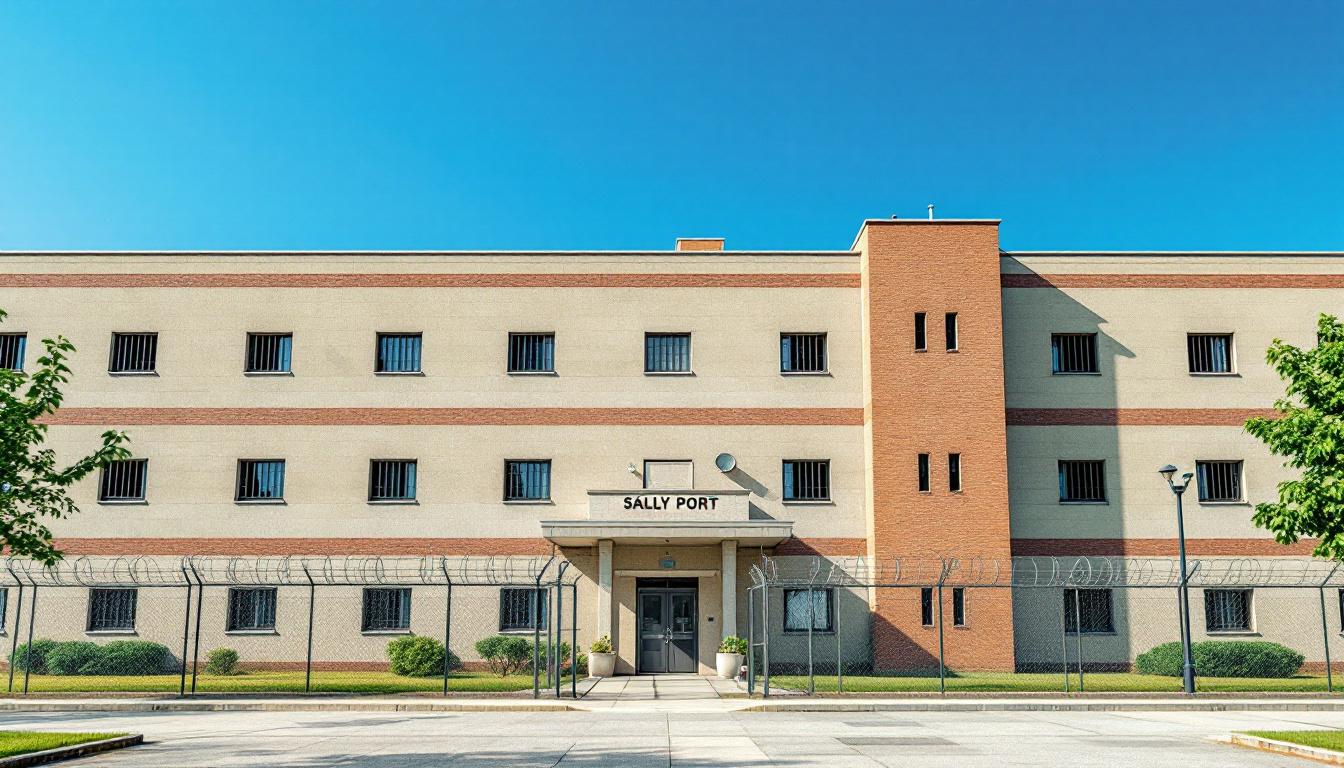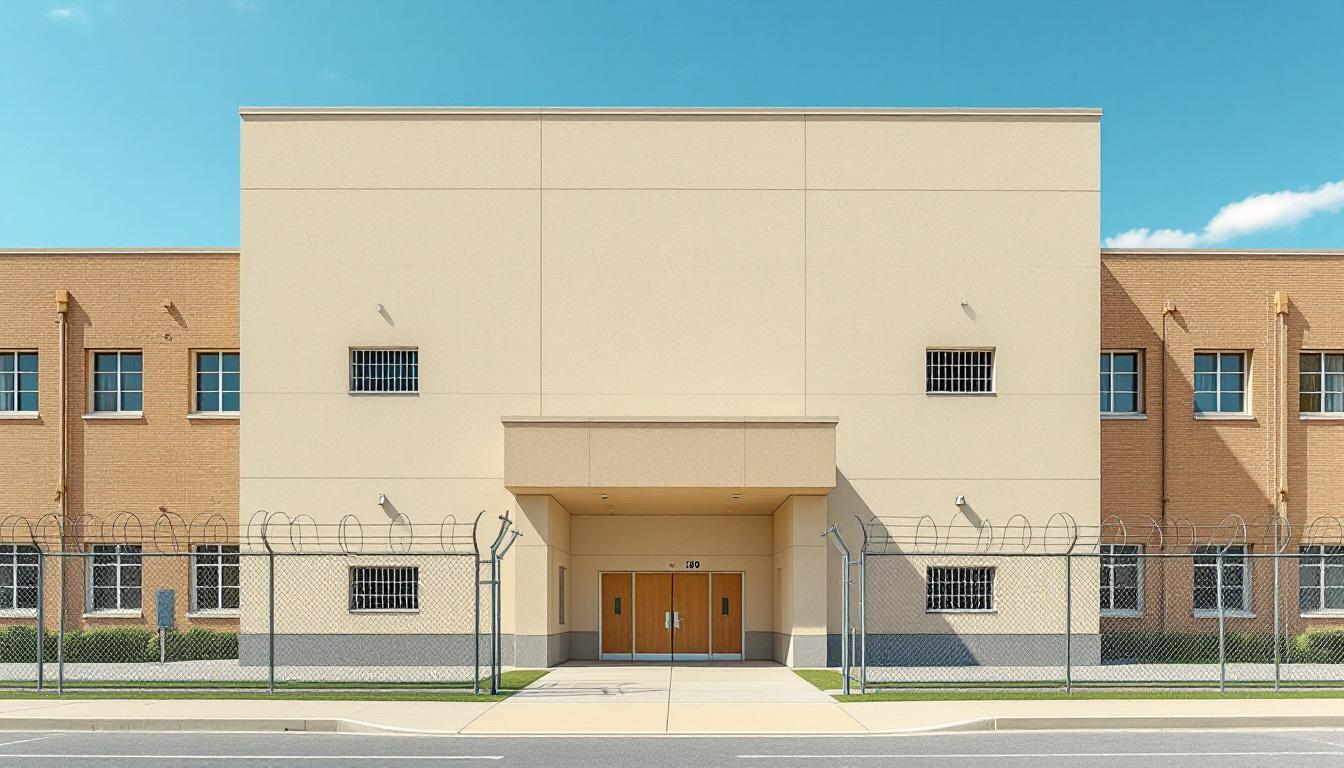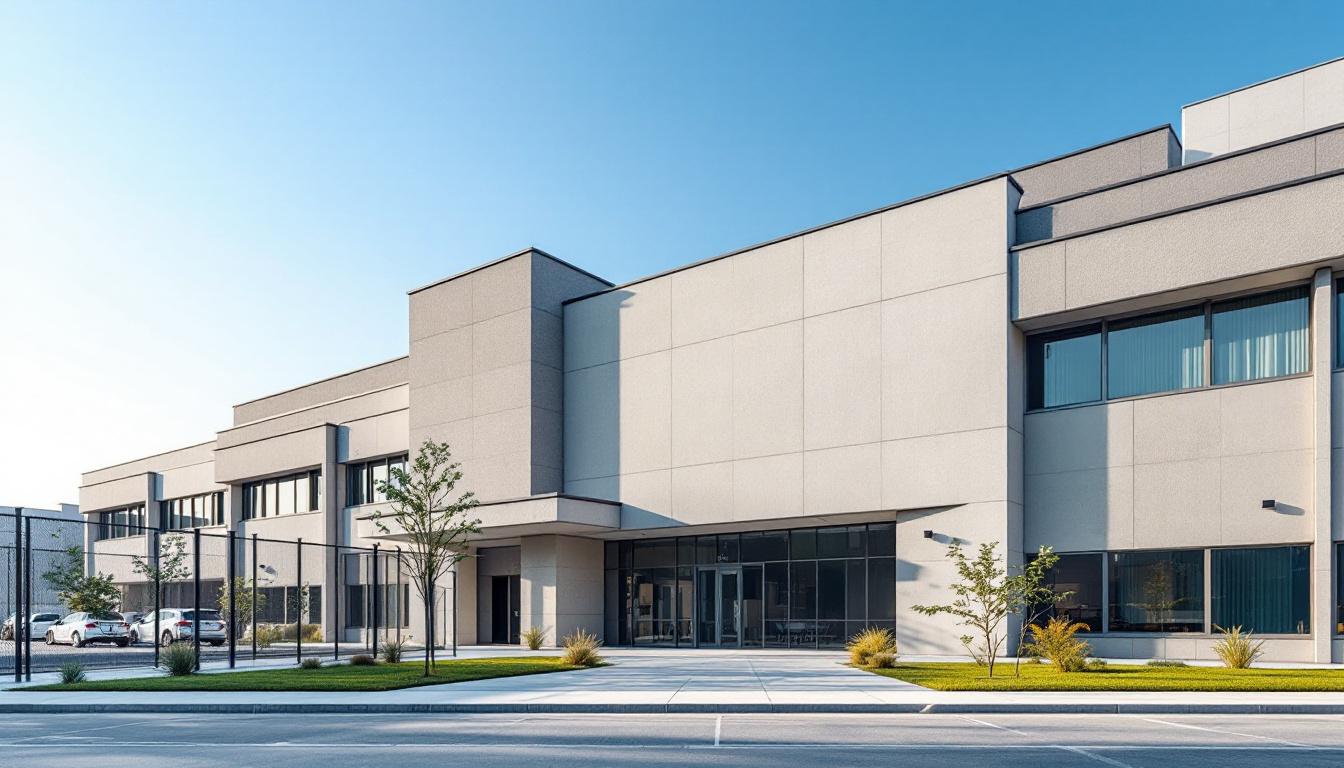
Quick Navigation
How to contact an inmate at Lunenburg Correctional Center
This comprehensive guide will walk you through how to connect with an inmate at Lunenburg Correctional Center. Follow the steps below to find an inmate and send letters and photos:
- Search for the inmate using our search tool below
- Create your account or log in to Penmate
- Write your message (up to 6,000 characters)
- Send instantly - inmates receive printed copies daily
Find an Inmate
Search for an inmate to start communicating today
Tip: You can search by first name, last name, or inmate ID number
To contact a person at Lunenburg Correctional Center start by searching for the person on the official facility website. Perform a search by following these steps:
- Step 1: Enter their first name and last name into the search form and click "Search"
- Step 2: Locate their inmate record
- Step 3: Write down their Inmate ID and any housing information provided
Important! Be sure to enter the person's full name. Nicknames should not be used.
How to Send Messages to Inmates

You can use your phone or computer to send emails, letters, and photos to an inmate. Messages are sent electronically to inmate tablets or kiosks at the facility. If you would like to send a message, start by searching for an inmate at Lunenburg Correctional Center.
Sending Photos and Postcards

A great way to send love and support to a loved one at Lunenburg Correctional Center is to send photos and postcards. It only takes a few minutes to send photos from your phone and it makes a huge difference. You can also mail postcards with words of support and inspiration, or design your own postcard for special moments like birthdays and holidays.
Important! Be sure not to send any explicit photos or they may not be approved by the facility. You can also use a photo printing app like Penmate to make sure your photos are printed at the correct size (4x6 or 3x5) and are mailed according to the rules and regulations of Lunenburg Correctional Center.
Frequently asked questions about Lunenburg Correctional Center
-
How long does it take to deliver a message?
If you're sending an email message your letter is usually delivered within 24-48 hours. For messages sent via mail you should expect delivery within 3-7 days. All messages will need be approved by Lunenburg Correctional Center.
-
How much does it cost to send a message to Lunenburg Correctional Center?
You can send a message free using your phone or mail a message via USPS for the price of a $0.60 stamp and envelope. You can also purchase credits or e-stamps from services starting at $1.99.
-
What services can I use to contact an inmate at Lunenburg Correctional Center?
Penmate
You can use Penmate to send letters and photos to an inmate from your phone. It's an easy way to stay in touch during your loved one's incarceration. Use the inmate locator to find an inmate's location and contact information, then you can send messages within a few minutes.
Securus messaging
Securus may be another option for communicating with an inmate at Lunenburg Correctional Center. You can create a friends and family account and purchase credits to send messages. All messages will be reviewed and must be approved by the facility.
JPay
Some county jails and state prisons may support sending messages with JPay. You must register an account with the system, find your loved one, and purchase stamps to send messages. For some locations you can also attach photos.
Smart Jail Mail
You may also check if Smart Jail Mail is available at Lunenburg Correctional Center. Smart Jail Mail is operated by Smart Communications and has contracted with some state and county jails. After purchasing credits, your messages and photos are sent to the facility, printed out, and then handed out to your loved one.
-
What is the mailing address of Lunenburg Correctional Center?
Mailing address:
Lunenburg Correctional Center
690 Falls Rd
Victoria, VA 23974
Phone: (434) 696-2045Business hours:
- Monday: Open 24 hours
- Tuesday: Open 24 hours
- Wednesday: Open 24 hours
- Thursday: Open 24 hours
- Friday: Open 24 hours
- Saturday: Open 24 hours
- Sunday: Open 24 hours
-
What are the visiting hours at Lunenburg Correctional Center?
Visiting hours at Lunenburg Correctional Center vary by housing unit and security level. Generally, visits are scheduled on weekends and holidays, with some facilities offering weekday visits. Contact the facility directly at (434) 696-2045 or check their website for the current visiting schedule. Visits typically last 30-60 minutes and must be scheduled in advance.
-
What items are prohibited when sending mail to Lunenburg Correctional Center?
Prohibited items typically include: cash, personal checks, stamps, stickers, glitter, glue, tape, staples, paperclips, polaroid photos, musical or blank greeting cards, hardcover books, magazines with staples, and any items containing metal or electronics. Only send letters on plain white paper with blue or black ink. Photos must be printed on regular photo paper (no Polaroids). Always check with Lunenburg Correctional Center for their specific mail policies.
-
How do I send money to an inmate at Lunenburg Correctional Center?
You can send money to an inmate at Lunenburg Correctional Center through several methods: 1) Online using JPay, Access Corrections, or the facility's approved vendor, 2) Money orders mailed directly to the facility with the inmate's name and ID number, 3) Kiosks located in the facility lobby, or 4) Over the phone using a credit or debit card. Fees vary by method, typically ranging from $2.95 to $11.95 per transaction.
-
Can I schedule a video visit with an inmate at Lunenburg Correctional Center?
Many facilities now offer video visitation as an alternative to in-person visits. At Lunenburg Correctional Center, video visits may be available through services like Penmate, Securus Video Connect, GTL, or ICSolutions. Video visits typically cost $10-20 for 20-30 minutes and must be scheduled in advance. You'll need a computer or smartphone with a camera and reliable internet connection. Contact the facility for their specific video visitation policies and approved vendors.
-
What identification do I need to visit an inmate at Lunenburg Correctional Center?
All visitors must present valid government-issued photo identification such as a driver's license, state ID, passport, or military ID. Minors must be accompanied by a parent or legal guardian who can provide the minor's birth certificate. Some facilities require visitors to be on the inmate's approved visitation list, which may require a background check. Contact Lunenburg Correctional Center for specific ID requirements and visitor approval procedures.
-
How can I find out an inmate's release date?
To find an inmate's release date at Lunenburg Correctional Center, you can: 1) Use the online inmate search tool if available, 2) Call the facility's records department, 3) Contact the inmate's case manager or counselor, or 4) Have the inmate provide this information during a call or visit. For privacy reasons, some facilities only release this information to immediate family members.
Facility Overview
Contact Information
Lunenburg Correctional Center690 Falls Rd
Victoria, VA 23974
Phone: (434) 696-2045
Official Website
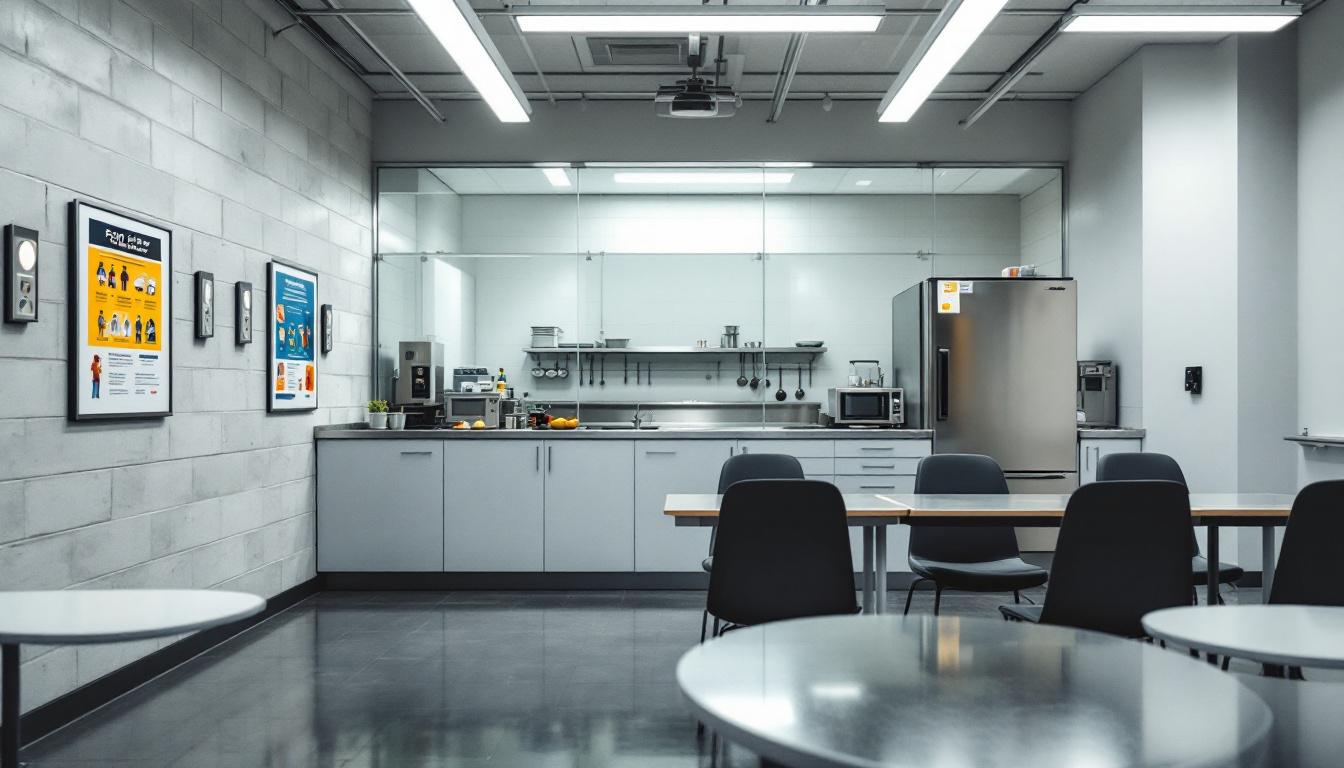
About Lunenburg Correctional Center
Nestled within the rural landscape of Victoria, VA, Lunenburg Correctional Center serves as a significant component of Virginia's state correctional system, focusing on comprehensive offender management strategies designed to promote successful community reintegration. This VA correctional facility operates with a clear emphasis on addressing the diverse needs of its resident population through structured programming and evidence-based interventions that target the underlying factors contributing to criminal behavior.
The facility's approach to residents services typically encompasses educational opportunities, vocational training programs, and behavioral modification initiatives that prepare individuals for productive citizenship upon release. Lunenburg Correctional Center generally maintains programming designed to address substance abuse issues, provide basic education and literacy development, and offer work-based learning experiences that may include maintenance, food service, and administrative support roles. Mental health services and counseling programs often form integral components of the rehabilitation framework, supporting residents in developing coping strategies and addressing personal challenges that may have contributed to their incarceration.
Through its location in south-central Virginia, this correctional facility serves communities throughout the region while maintaining connections to family support systems that prove crucial for successful reentry outcomes. The center's operational philosophy generally emphasizes accountability, personal responsibility, and skill development, creating an environment where residents can engage in meaningful change processes. These comprehensive support systems, combined with structured daily routines and progressive programming opportunities, work toward reducing recidivism rates and fostering positive behavioral changes that extend beyond the period of incarceration.
Programs & Services
Cognitive behavioral initiatives form the foundation of rehabilitation efforts, helping residents develop essential thinking patterns and decision-making skills. These therapeutic approaches typically focus on identifying negative thought processes and replacing them with constructive alternatives. Residents may participate in structured sessions that address anger management, impulse control, and problem-solving techniques. The facility often emphasizes personal accountability and emotional regulation as key components of successful reintegration.
Educational initiatives provide residents with opportunities to advance their academic credentials and improve basic literacy skills. The facility may deliver GED preparation courses, adult basic education classes, and literacy programs designed for various skill levels. Also, vocational training initiatives often include hands-on instruction in practical trades and marketable skills. These programs typically prepare residents for employment opportunities upon release, covering areas such as construction, maintenance, food service, and other industry-relevant skills.
Communication skills initiatives help residents develop interpersonal abilities essential for successful community reintegration. These programs may focus on conflict resolution, active listening, and professional communication techniques. Residents often participate in group discussions and role-playing exercises that reinforce positive social interactions. Also, therapeutic initiatives typically include individual and group counseling sessions that address underlying behavioral patterns and support long-term personal growth.
Daily Life & Visitation

Structured schedules at present deliver consistency that many residents find grounding, with wake-up calls typically occurring in the early morning hours followed by organized count procedures and meal service. The daily framework actively incorporates work assignments, educational programming, and recreational periods that help residents maintain productive routines. Generally, residents move through their day according to established timeframes that include designated periods for meals, programming, and personal time.
Housing units typically accommodate residents in shared cells or dormitory-style arrangements, with each resident generally receiving basic furnishings including a bed, storage space, and writing materials. Personal property allowances usually include approved clothing items, hygiene products, and limited personal effects that residents may purchase through the commissary system. Also, residents typically have access to laundry facilities on scheduled days and may maintain small amounts of approved personal items in their living spaces.
Programming schedules often include educational classes, vocational training opportunities, and substance abuse counseling that residents may participate in based on their individual needs and sentence requirements. Recreation periods usually provide access to outdoor exercise areas, indoor recreational activities, and library services during designated hours. However, family connections remain important through scheduled visitation periods and telephone privileges that allow residents to maintain contact with loved ones, while mail correspondence typically provides another avenue for ongoing communication and support.
Ready to Connect?
Start communicating with your loved one today
Search for an Inmate
